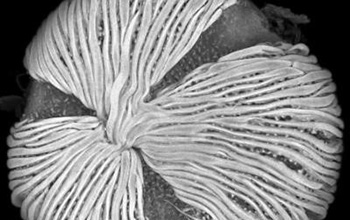
Research News
Understanding algae ‘hibernation’ may help in making green fuels
February 7, 2020
Algae have the potential to become a sustainable source of high-value biofuels. But researchers face major challenges that hold them back from mass-producing algae.
Triacylglycerols, or TAGs, are the raw material for biofuels. When algae are stressed, they need to save energy. They go into a resting state, or ‘hibernation,’ and stop growth and cell division, and store energy reserves in the form of starch and TAGs.
The dilemma for making biofuels is that, while stressed, algae produce more TAGs but grow poorly, and, while not stressed, don’t produce enough TAGs. Understanding how stress controls algae hibernation cycles would help in developing new ways to overcome the problem, say National Science Foundation-funded biologists.
Christoph Benning of Michigan State University and his colleagues are working to understand the reasons behind this dilemma. In their latest study, they look at a protein that helps the algae manage hibernation. The study is published in The Plant Cell.
The responsible protein is called Compromised Hydrolysis of Triacylglycerols 7 (CHT7). It is part of a system that helps algae enter hibernation and emerge from it. The team is now studying a mutant algae strain that degrades TAGs more slowly than usual.
—
NSF Public Affairs,
researchnews@nsf.gov








